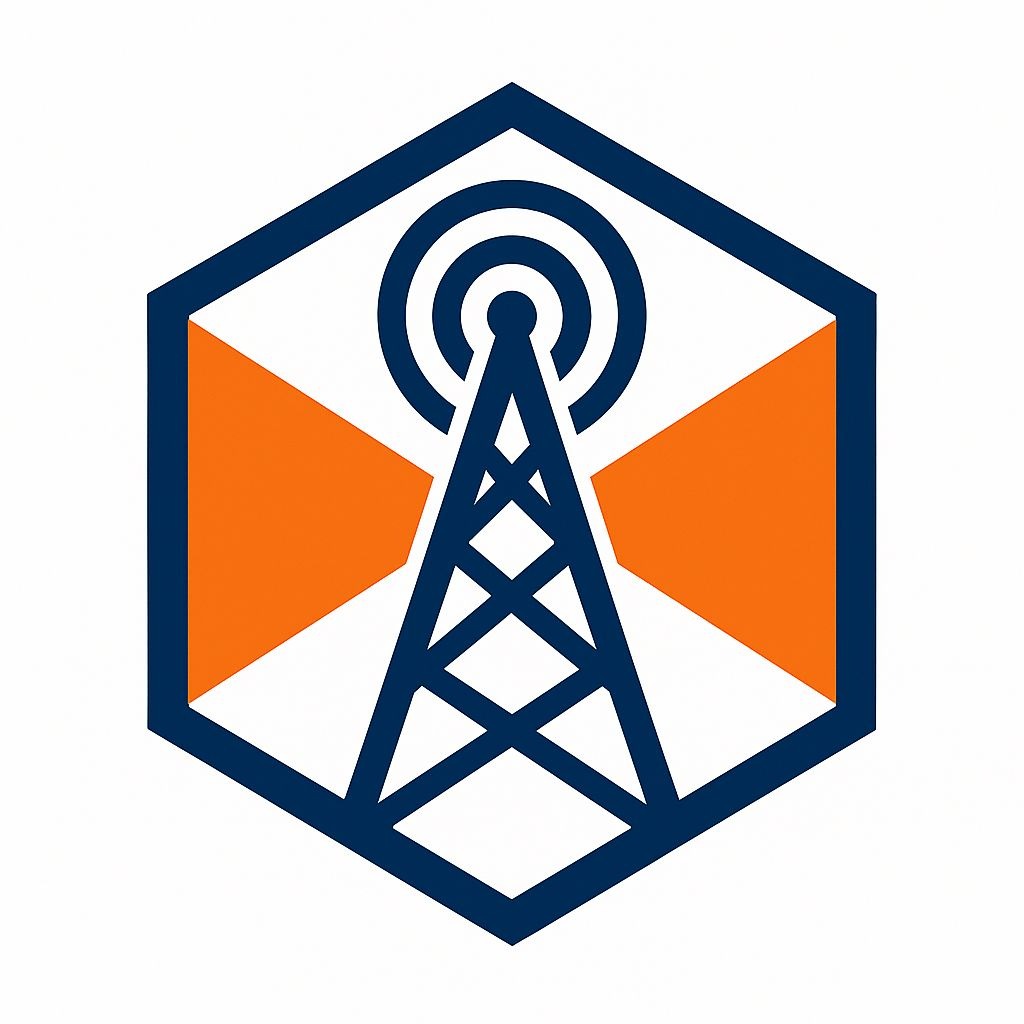
The Next Frontier of Robotics: 3D Capabilities
Imagine a future where robots can navigate our homes and workplaces with the same dexterity as a human. A new open-source artificial intelligence model known as SPEAR-1 could be a vital stepping stone towards achieving that reality. Developed by researchers at the Institute for Computer Science, Artificial Intelligence and Technology (INSAIT) in Bulgaria, SPEAR-1 functions as a brain for industrial robots, enhancing their ability to grasp and manipulate objects in three-dimensional space.
What Makes SPEAR-1 Unique?
SPEAR-1 stands out from its predecessors primarily due to its focus on 3D data. Traditional robot models have often relied on two-dimensional images that limit their understanding of physical interactions. Martin Vechev from INSAIT describes the evolution this model represents: it aims to eliminate the gap between the 3D environments robots actually operate in and the limited insights generated from existing vision language models (VLMs).
The Growing Importance of Open-Source Robotics
The advent of open-source models in robotics parallels the earlier successes seen in AI development. As open source language models have accelerated innovation across various tech industries, the introduction of SPEAR-1 might serve as a catalyst for advancements in robotics. This model facilitates quicker experimentation and iteration, empowering researchers and startups to explore smarter hardware for a variety of applications in factories and warehouses.
The Implications for Families and Everyday Life
For families, the implications of these advancements could be groundbreaking. As robots gain capabilities akin to those of humans, we could see a rise in home assistants capable of navigating clutter, aiding in chores, and even providing companionship. In an era where multitasking and time management are essential for family living, the integration of such intelligent robotics might simplify daily routines.
Future Predictions in Robotics
While the capabilities showcased by SPEAR-1 are impressive, the journey toward fully intelligent robotic systems is still in its infancy. According to experts, significant challenges remain, such as teaching robots to adapt to new tasks or environments without requiring extensive retraining. However, the fundamental principle remains: by harnessing vast amounts of training data and computational power—similar to what has transformed language models—robotics may eventually reach a stage of greater adaptability, enabling robots to thrive in diverse and unpredictable settings.
The Digital Landscape of Development
The collective momentum behind open-source environments like SPEAR fosters collaboration across various sectors, involving not only robotics but also fields related to household applications and manufacturing. As developers work together, new opportunities for synergy and innovation continue to emerge, promising a more integrated future for technology in households and workplaces alike.
 Add Row
Add Row  Add
Add 




Write A Comment